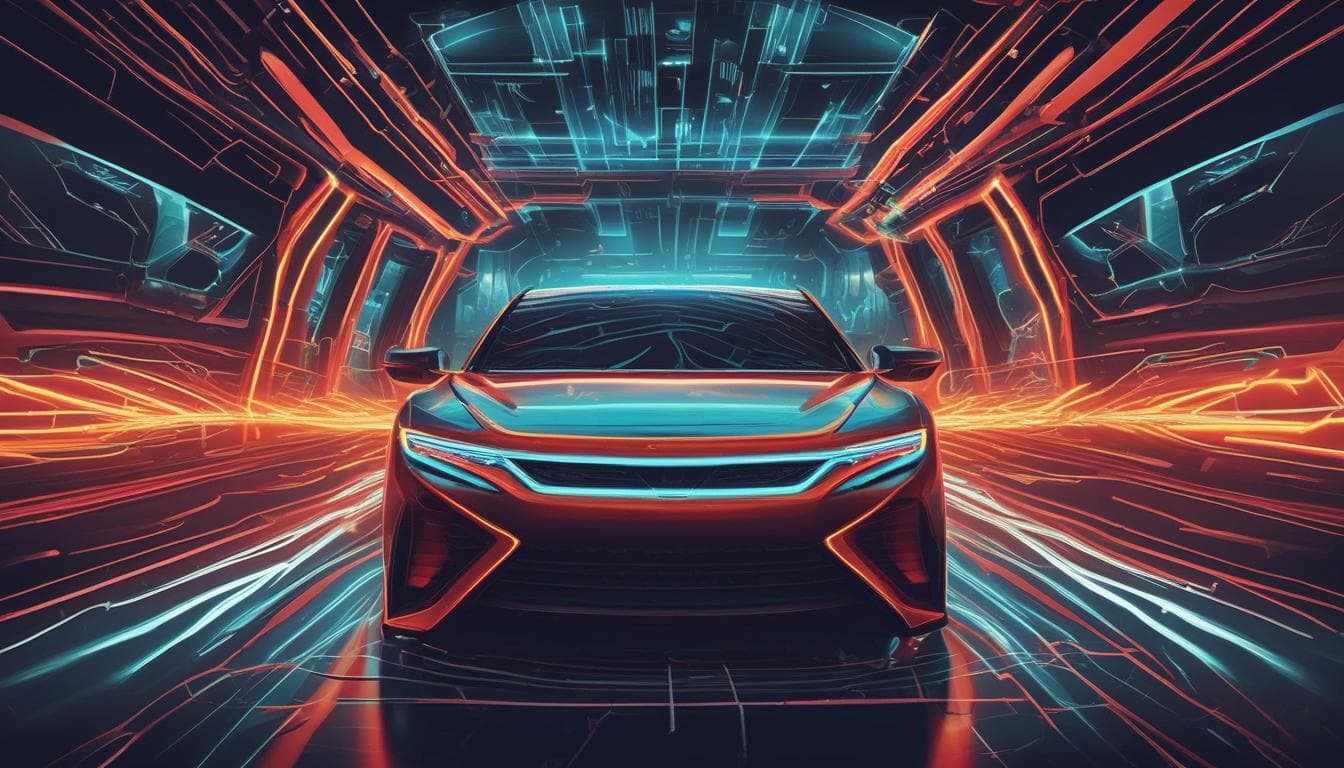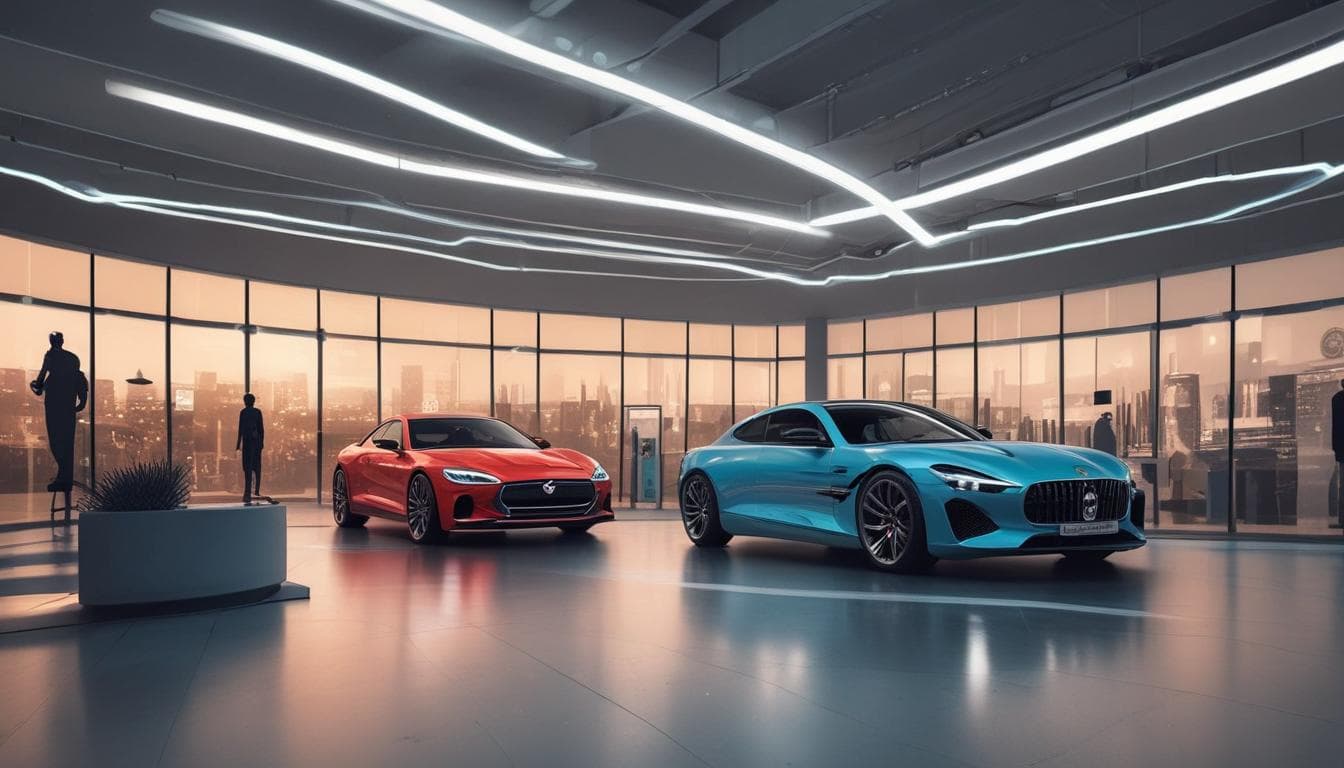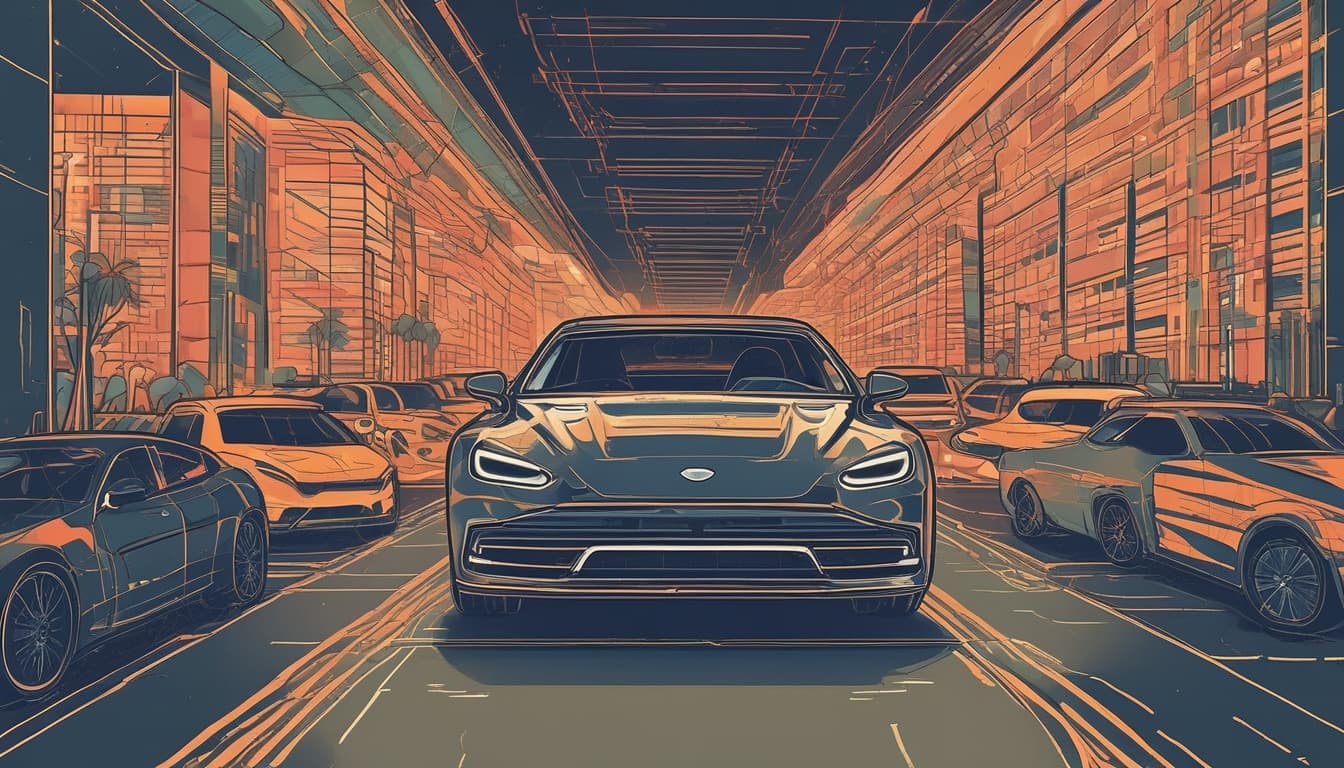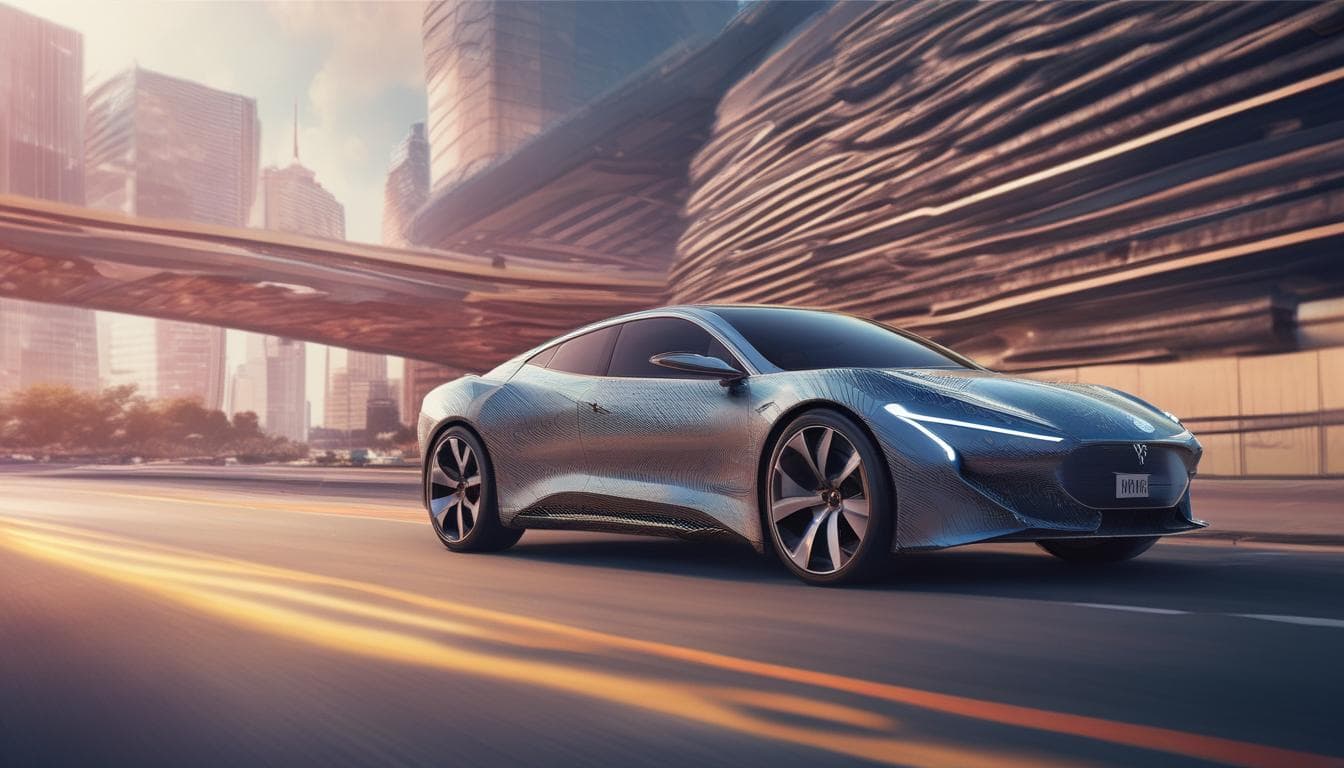Imagine a future where a car's journey isn't just recorded in data, but subtly imprinted onto its very form – a 'digital patina' or evolving aesthetic that visually tells its unique story of owners, adventures, and milestones. How would such a concept, where vehicles become tangible archives of their own history, deepen our emotional bonds and redefine the meaning of automotive legacy and collectibility?
This vision of a 'digital patina' is fascinating and could revolutionize not only how we bond with our vehicles but also the entire culture surrounding car ownership and heritage. Imagine a collector's car where every dent, scratch, and upgrade is translated into an evolving digital fingerprint—much like the aging of fine leather or the wear on a vintage instrument, but with the stories authentically embedded into the materials themselves.
Such a concept could enhance emotional connections in several ways:
- Personal Storytelling: Owners might cherish their vehicles not only for performance or looks, but for their lived history—the cross-country road trip, the first snowfall, or even a memorable fender-bender, all subtly visible in the car’s aesthetic.
- Unique Provenance: Collectors already value one-of-a-kind features and histories, but a tangible record of a car’s journey would make provenance indisputable and add artistic value. Cars would no longer just 'look old'; they’d show their stories.
- Community and Social Bonding: These visual cues could spark conversations at car meets or even everyday encounters, fostering community around shared or admired adventures.
Technologically, we're already seeing the groundwork being laid for such a future. Advances in smart materials and adaptive automotive surfaces might allow for surfaces that change coloration or form to log significant events. Meanwhile, the convergence of digital twins and IoT could underpin the mechanics of recording and updating a car’s evolving state.
It will also be interesting to see how this affects value and authenticity in the automotive market. Would a digitally-imprinted, storied vehicle surpass a meticulously restored one in desirability? Might future digital restoration bring its own set of ethical debates over erasing or rewriting a car's past?
Overall, making a car’s history truly visible could create deeper, more meaningful connections between people and machines, reinforcing the role of vehicles not just as tools or investments, but as companions and living archives of human experience.
Explore More on This Topic
Join the Conversation
- The Future of Automotive Artistry: Will AI Drive Design or Compete With It?
Explore the future of automotive artistry in the age of AI. Will AI become a collaborative tool for car designers, a new medium for artistic expression, or a competitor creating its own automotive aesthetics? Join the discussion and share your vision.
- The Evolving Role of the Human Driver in the Age of AI
Explore the future of driving as AI integration in vehicles increases. Will human drivers become leisure drivers, and how will this impact car culture and design?
- The Future of Automotive Criticism: Will AI Replace Human Insight?
Explore the evolving role of automotive critics in the age of AI. Will AI-driven analysis replace human perspectives on car design, performance, and cultural impact, or will a new form of critique emerge, blending human intuition with data insights? Join the discussion on Fagaf.





